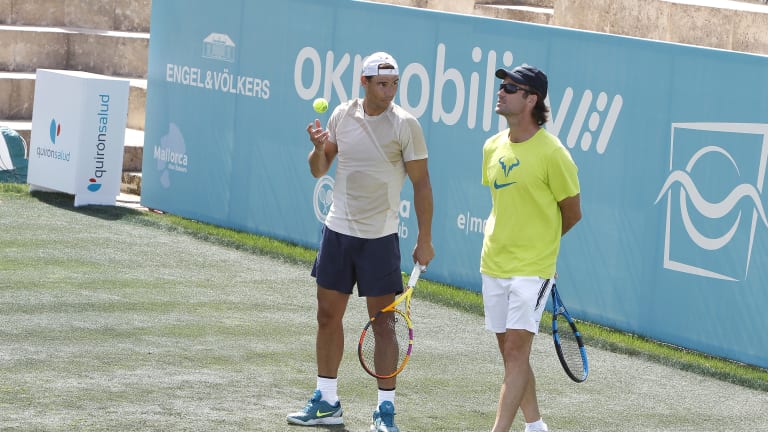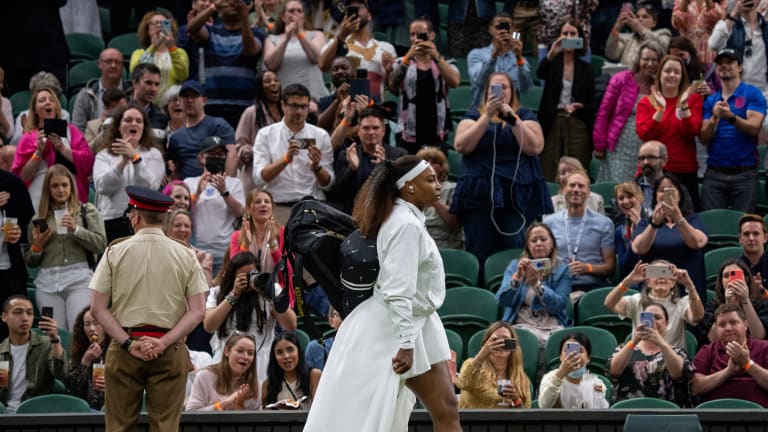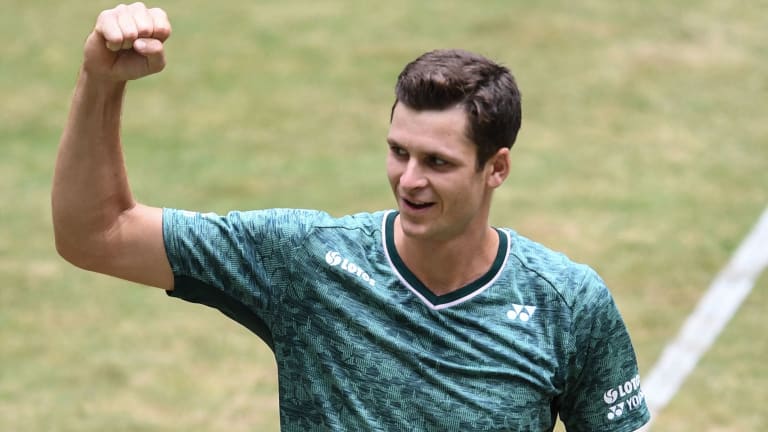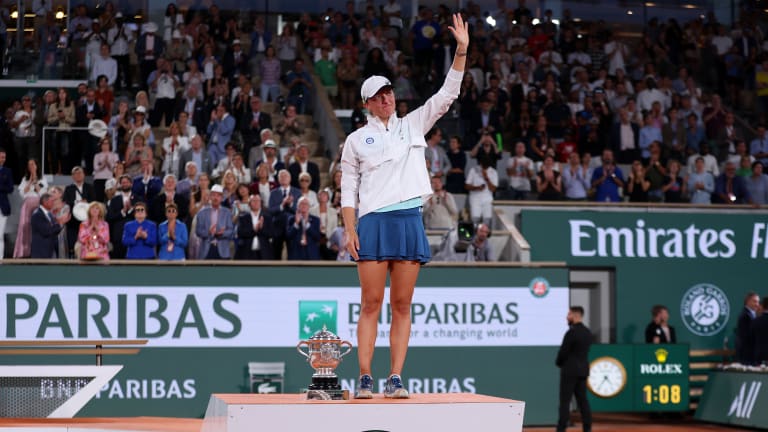The Rally, Wimbledon Edition: Will the men's draw produce a rare first-time major winner? Can Iga Swiatek’s 2022 evolution bring her uncharted grass success?
By Jun 21, 2022Darren Cahill: Jannik Sinner watches more Carlos Alcaraz matches than he does with any other player
By Jul 14, 2025Jannik Sinner reignites Carlos Alcaraz rivalry with Wimbledon victory
By Jul 14, 2025Jannik Sinner reversed his usual pattern against Carlos Alcaraz. It won him Wimbledon
By Jul 14, 2025Veronika Kudermetova and Elise Mertens win women's doubles title at Wimbledon
By Jul 13, 2025Joy to the World: What Carlos Alcaraz has, and what we are enjoying
By Jul 13, 2025Iga Swiatek keeps surprising herself after Wimbledon title caps "surreal" turnaround on grass
By Jul 12, 2025Iga Swiatek wins first Wimbledon, sixth Grand Slam title with 6-0, 6-0 rout of Amanda Anisimova
By Jul 12, 2025Wimbledon men's final preview: Will Carlos Alcaraz, Jannik Sinner share another epic?
By Jul 12, 2025Julian Cash, Lloyd Glasspool become first all-British pair to win Wimbledon men's doubles title since 1936
By Jul 12, 2025The Rally, Wimbledon Edition: Will the men's draw produce a rare first-time major winner? Can Iga Swiatek’s 2022 evolution bring her uncharted grass success?
No ATP player outside of Djokovic, Federer, Murray and Nadal has won Wimbledon since 2002—could that streak end this year?
Published Jun 21, 2022
Advertising
Advertising

Nadal trained in Mallorca before making the decision to proceed with heading to London.
© ASSOCIATED PRESS
Advertising

Serena last appeared in a singles match on June 29, 2021 at Wimbledon. Then, the 23-time major singles titlist was forced to retire at 3-3 after slipping early in the contest and sustaining a right hamstring tear in her opening round with Aliaksandra Sasnovich.
© 2021 Getty Images
Advertising

Hurkacz is having a quietly consistent season with a 28-11 record. With a first title on a non-hard surface under his belt, is the Pole ready to join countrywoman Swiatek in the major winner's club?
© AFP via Getty Images
Advertising

Swiatek doesn't own a grass-court trophy, yet. But with a 35-match win streak and the reigning champion Barty now retired, there's no reason why this former Wimbledon junior winner can't master another surface on the big stage.
© Getty Images